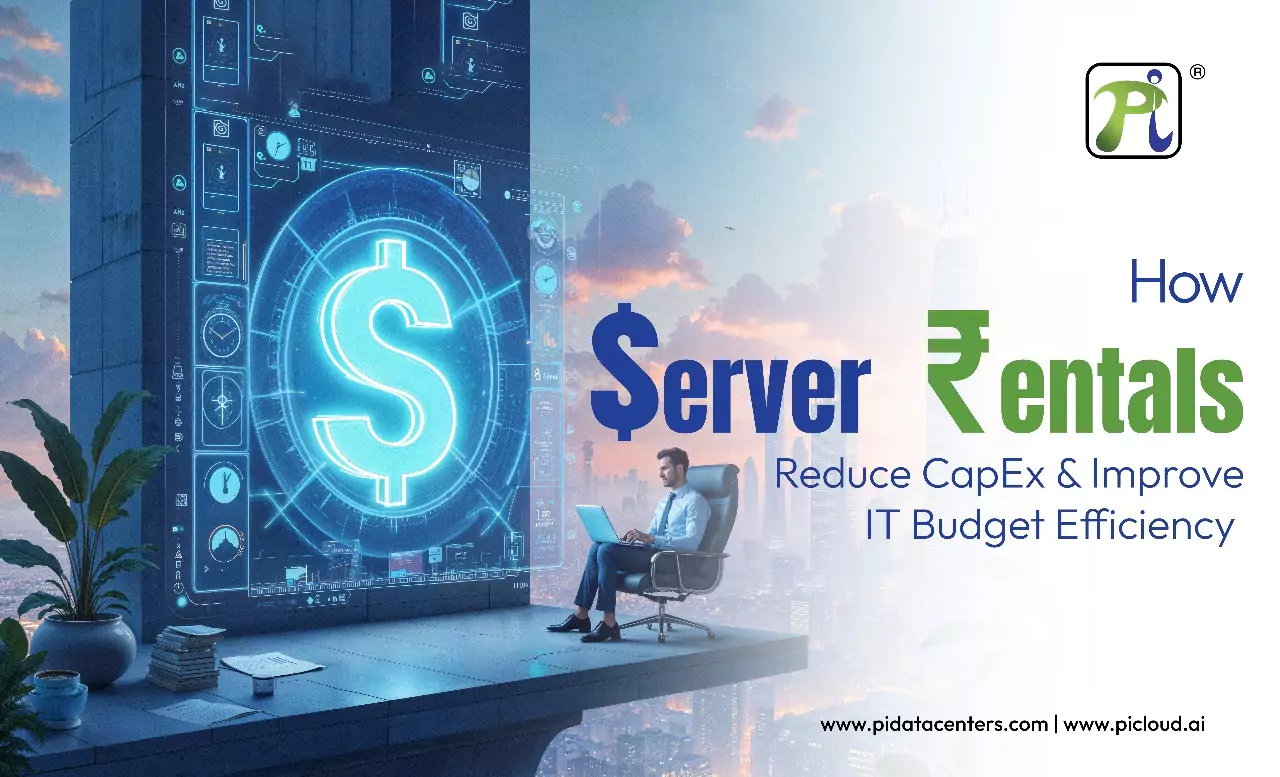
Server rentals are becoming an essential part of IT infrastructure strategies, with the global server market projected to reach $317.55 billion by 2037, growing at a steady 8.9% CAGR. This growth highlights a major shift among businesses prioritizing cost-effective, scalable solutions to meet evolving...
Read More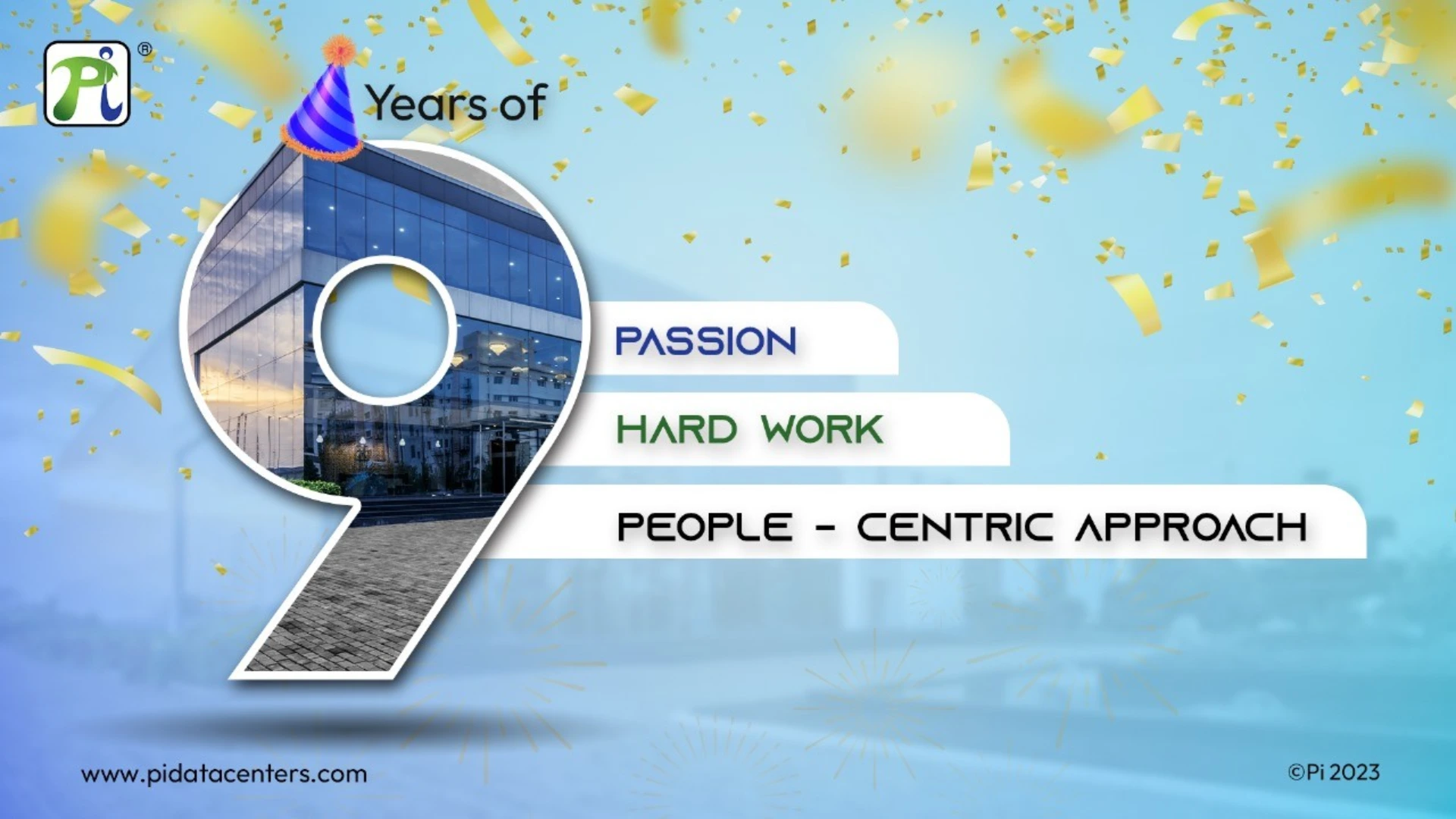
At Pi Datacenters, we recently commemorated a significant milestone - nine years of unwavering commitment to revolutionizing the world of Cloud Computing and Data Infrastructure Solutions in India. As we reflect upon this remarkable journey, one resounding theme emerges - the extraordinary...
Read More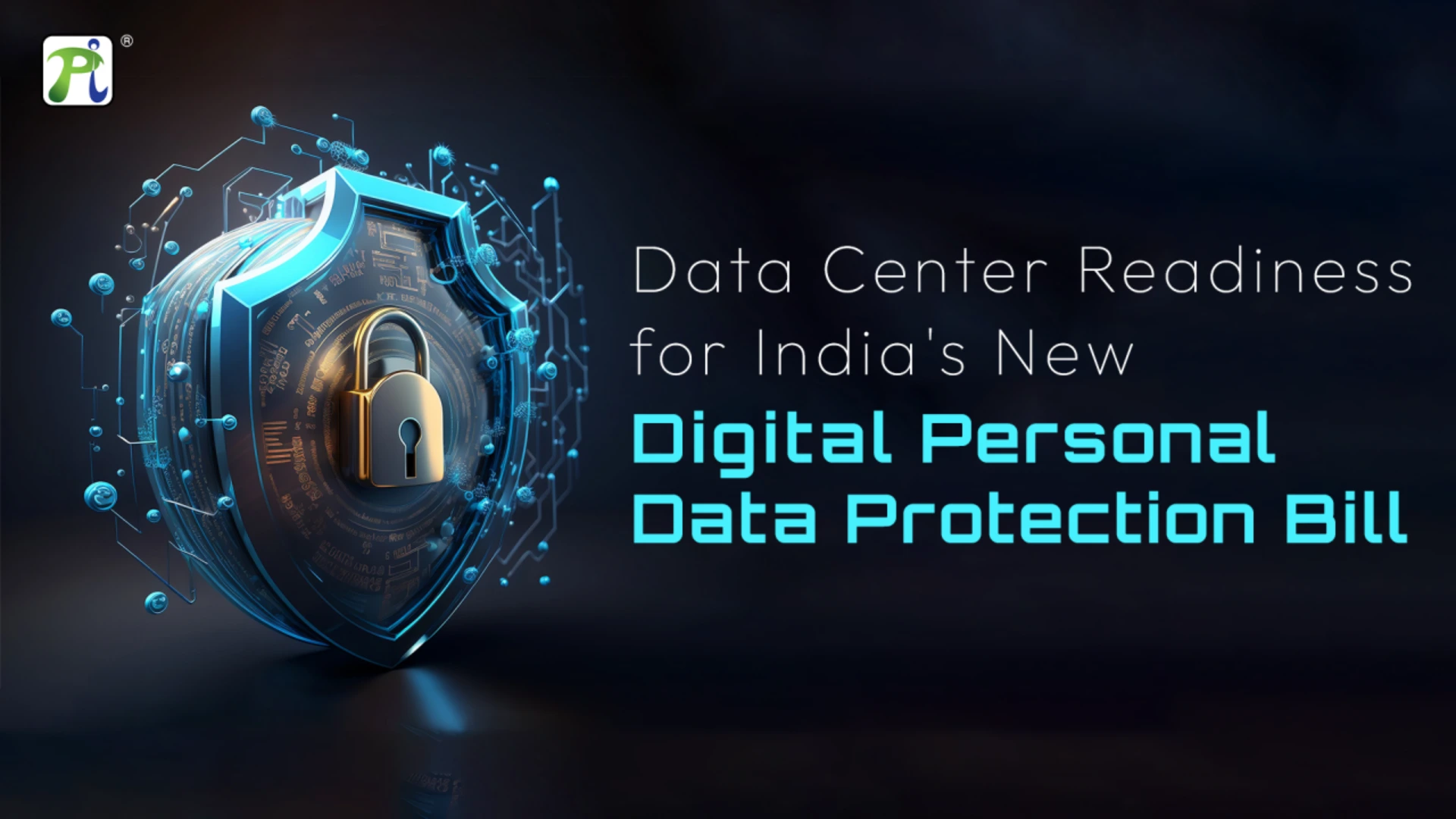
The Digital Personal Data Protection (DPDP) Bill marks a significant milestone in India's journey toward establishing comprehensive data privacy and protection regulations. As the country's first law specifically dedicated to data privacy, the DPDP Bill aims to safeguard personal data and enhance the rights of individuals.
Read More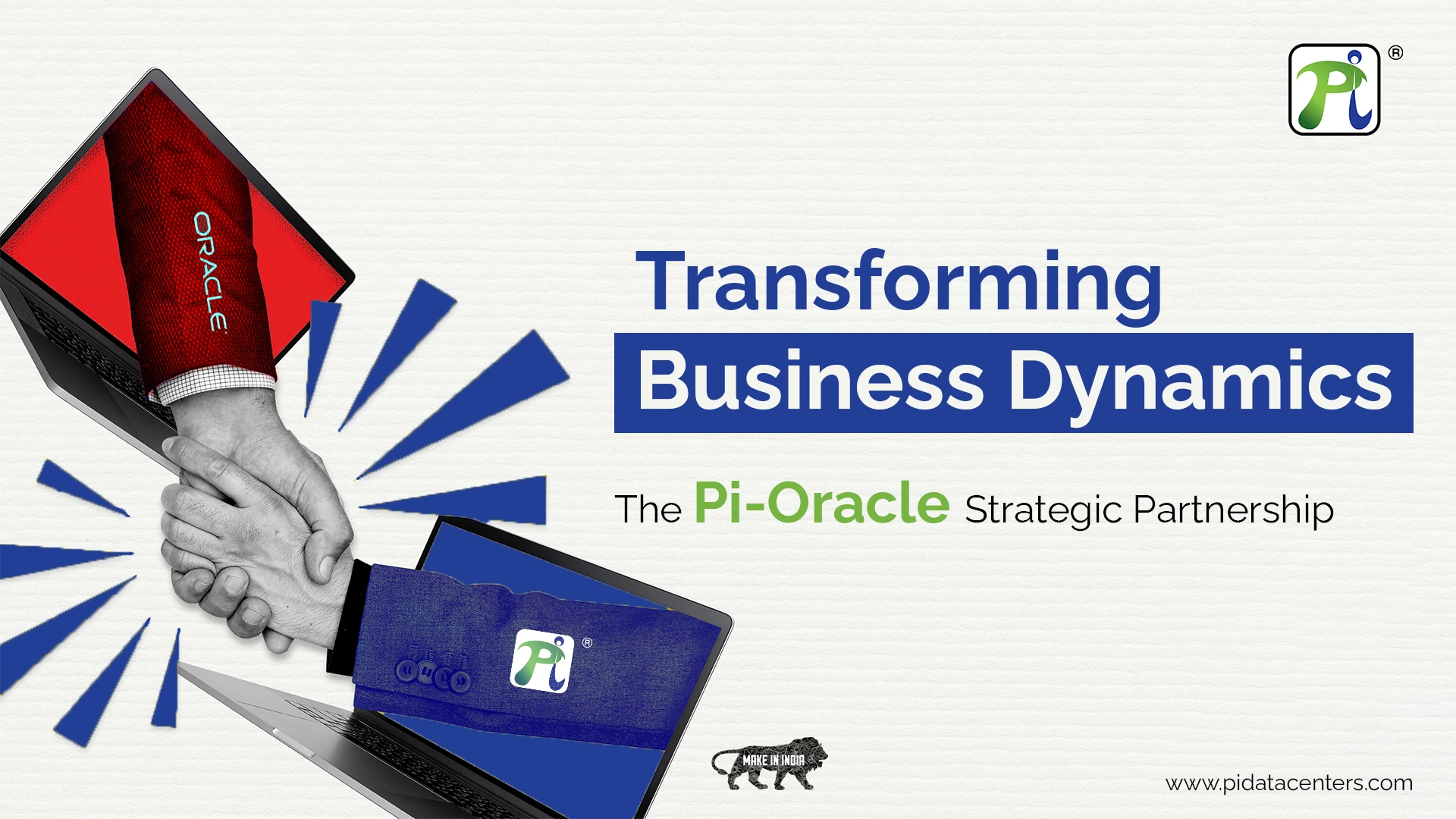
In the dynamic landscape of cloud computing and data management, the partnership between Pi Datacenters and Oracle emerges as a paradigm of innovation and reliability.
Read More
The importance of Data Centers continues to increase as more businesses and individuals rely on them for data storage, processing, and access.
Read More
‘India lives in its villages’, stated the father of the nation decades ago which still holds true. The Indian economy has been on a growth trajectory over the last couple of decades. Prime Minister Narendra Modi’s vision of making India
Read More
‘A leader is one who knows the way, goes the way and shows the way.’ The essence of good leadership lies in these golden words by John C. Maxwell. A leader is also someone who helps you find a way even if he doesn’t know the way.
Read More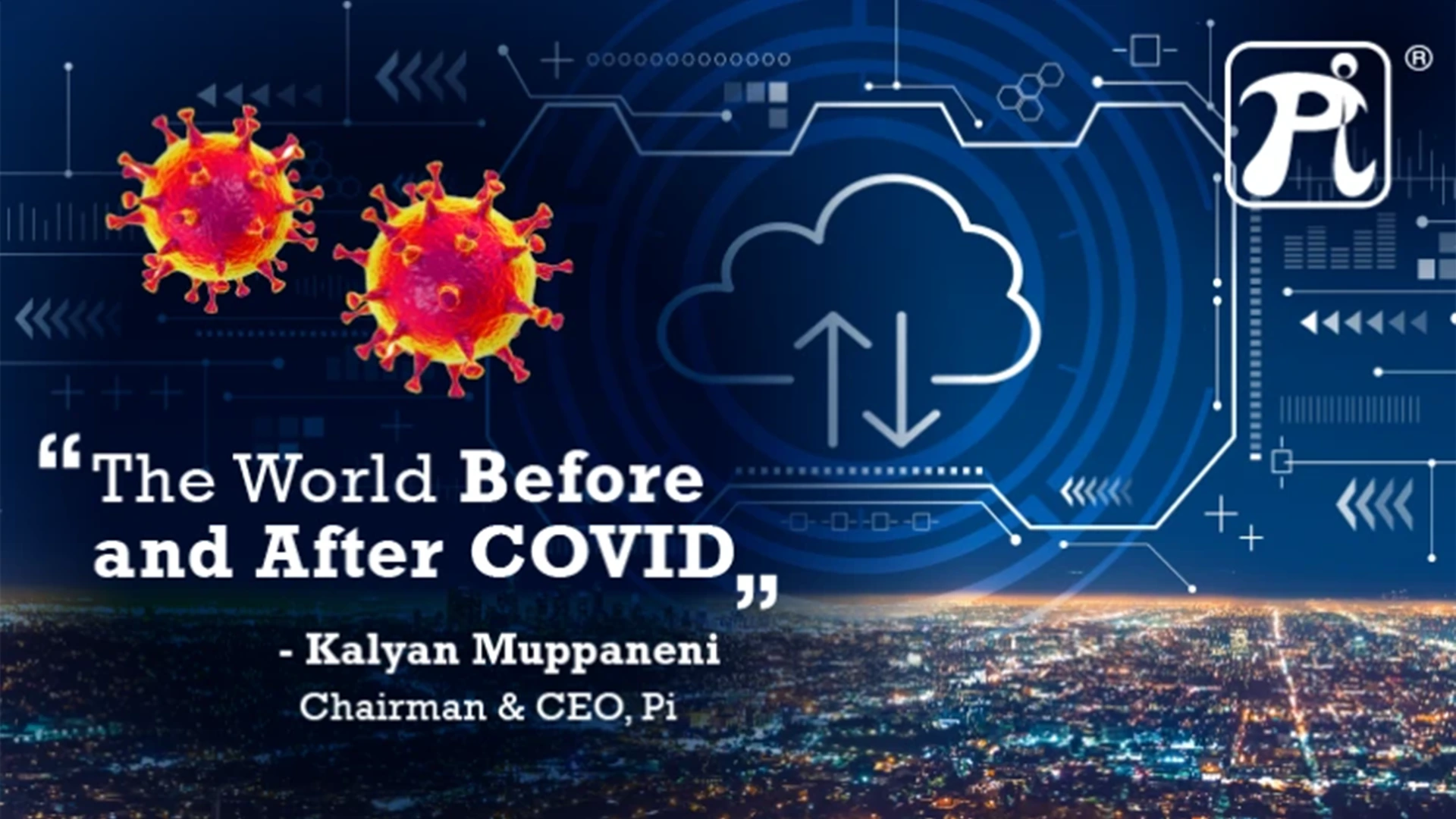
Our global home has witnessed innumerable historical milestones across the ages, spanning political upheavals and wars to epidemics and pandemics. From the oldest recorded Typhoid Epidemic in 430 BC Athens
Read More
It’s been seven years since I took that supposedly, out of mind call, one fine afternoon of early March 2015. Sitting at the caf© of a global conglomerate at DLF Gurgaon, I picked that call from a head-hunter and afte
Read More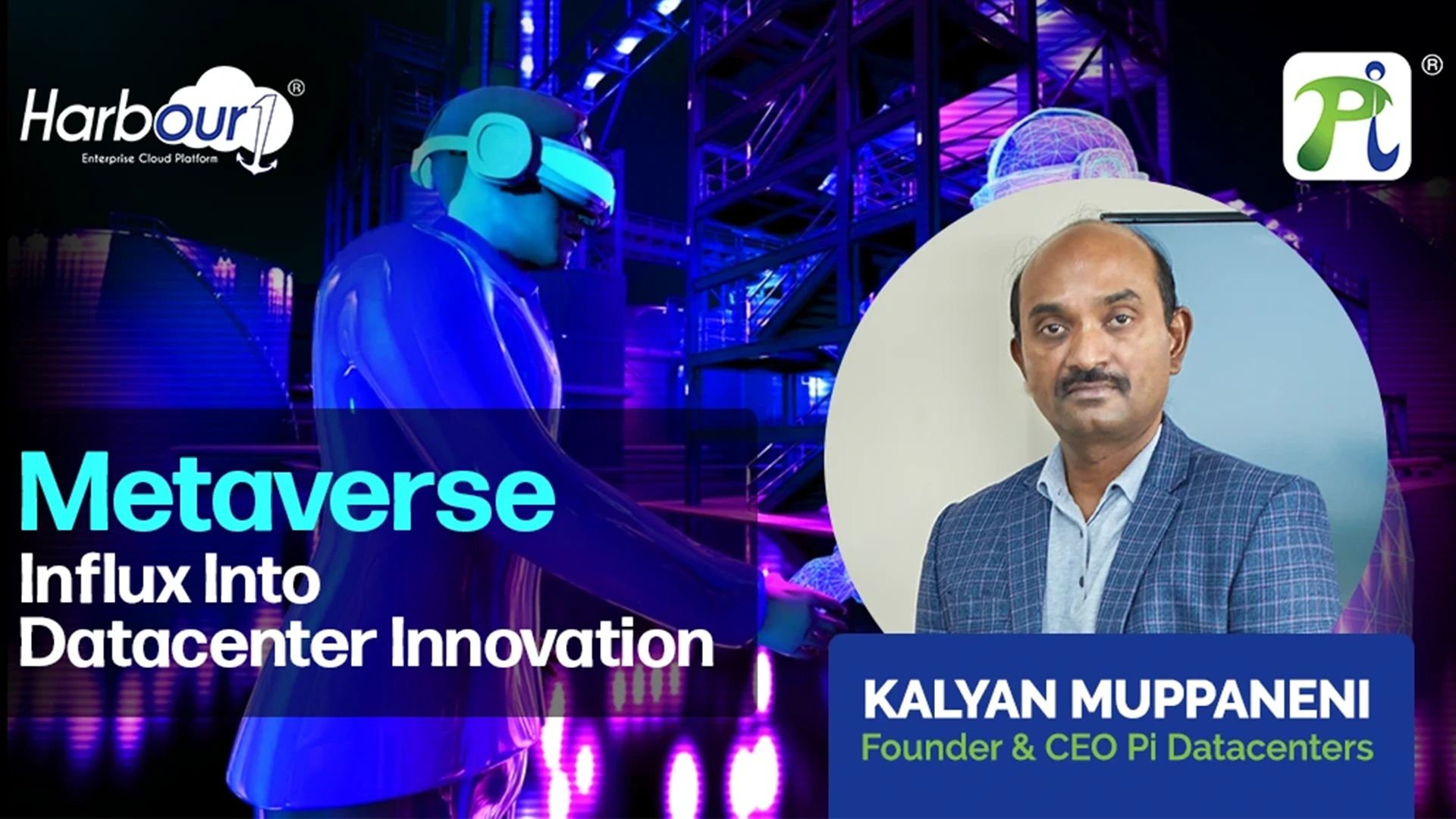
Let’s talk about ‘Metaverses’ First, let’s get a common misconception out of the way. There isn’t just one ‘Metaverse’. Let me elaborate. Metaverse’ as a term was coined by author Neal Stephenson in his science-fiction novel ‘Snow Crash’, back in
Read More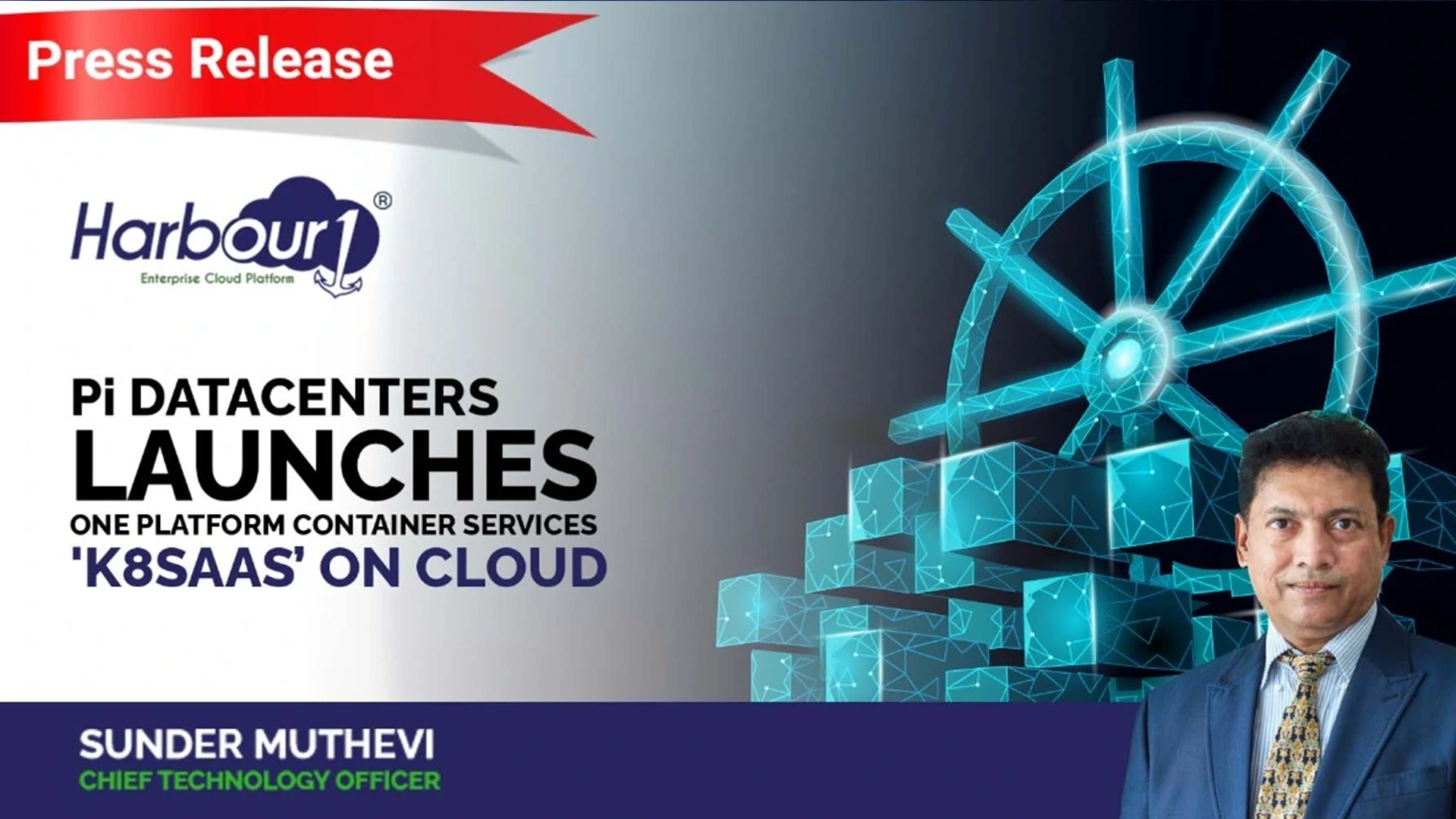
One Platform Container Services ‘K8SaaS’ On Cloud
Read More
The economic turmoil caused by the COVID has significantly disrupted the ecosystem on the whole. The post-pandemic situation in India and other countries has been an eye opener on the significance of having a stable supply chain. I have chosen
Read More
Climate change has been a cause for concern over the last decade. This in turn, has given organisations and consumers alike ample reason to be able to demonstrate their potential for sustenance. Sustainability automatically gets you to veer towards reducing
Read More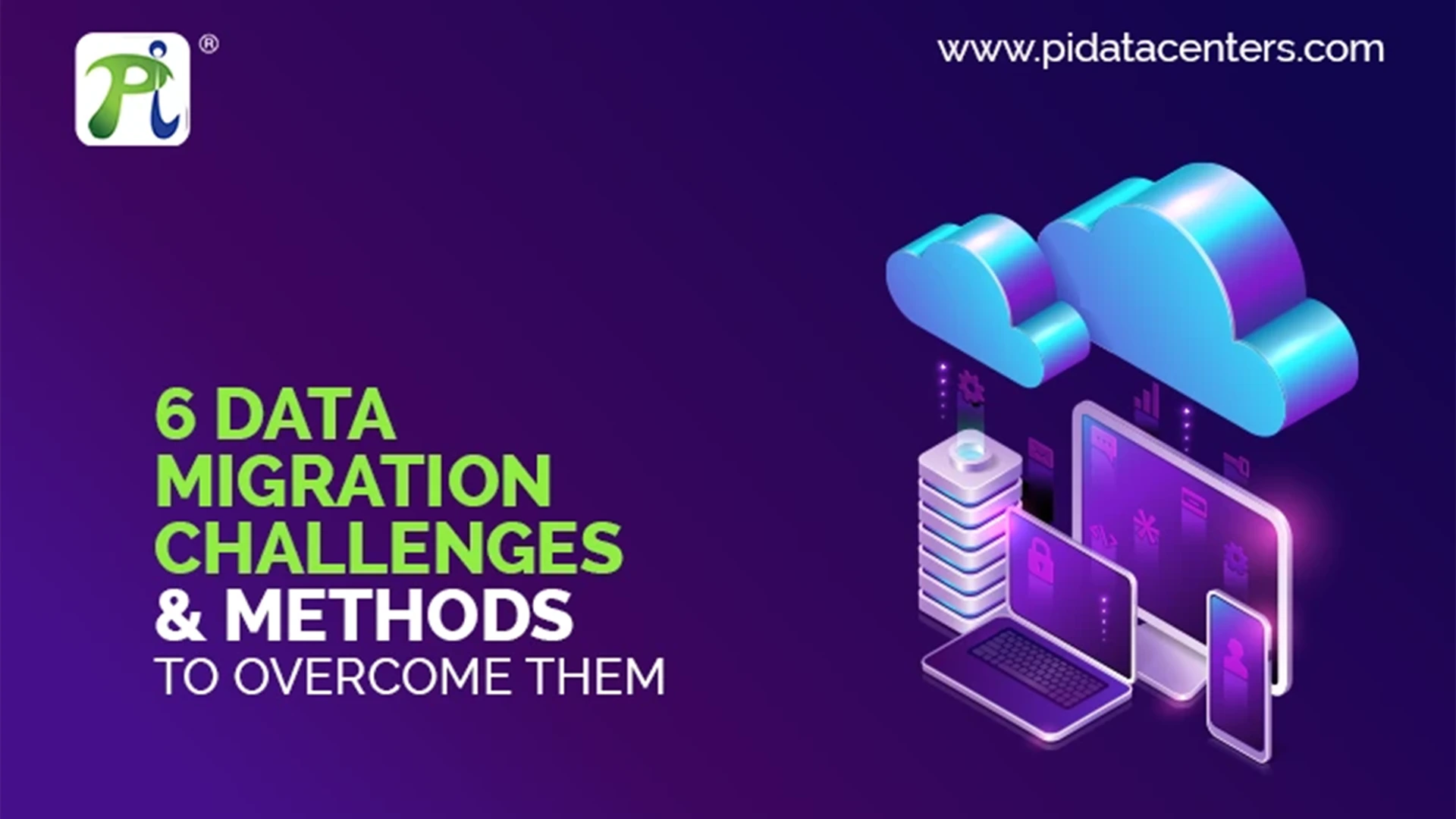
Cloud technology offers diverse advantages to businesses to maintain the competitive streak. Management cost reduction, scaling of technology, achieving efficiency peaks and maintaining low cost of operations are a few advantages to count on. Business journalists indicate that data migration
Read More
Data centers have emerged as the lifeline for organizations when the 90s heralded a massive technology boom, spanning micro to macro businesses, across the globe. With the advent of technology-oriented businesses, came multi-layered data dependency. As new organizations demanded market space
Read More
Ok, so as we were moving closer to settling the score with COVID (hopefully the vaccine thing would work), I was thinking, what’snext getting the world’s attention ’¦ And BOOMMM!! We have WhatsApp and its data privacy fuss that gripped
Read More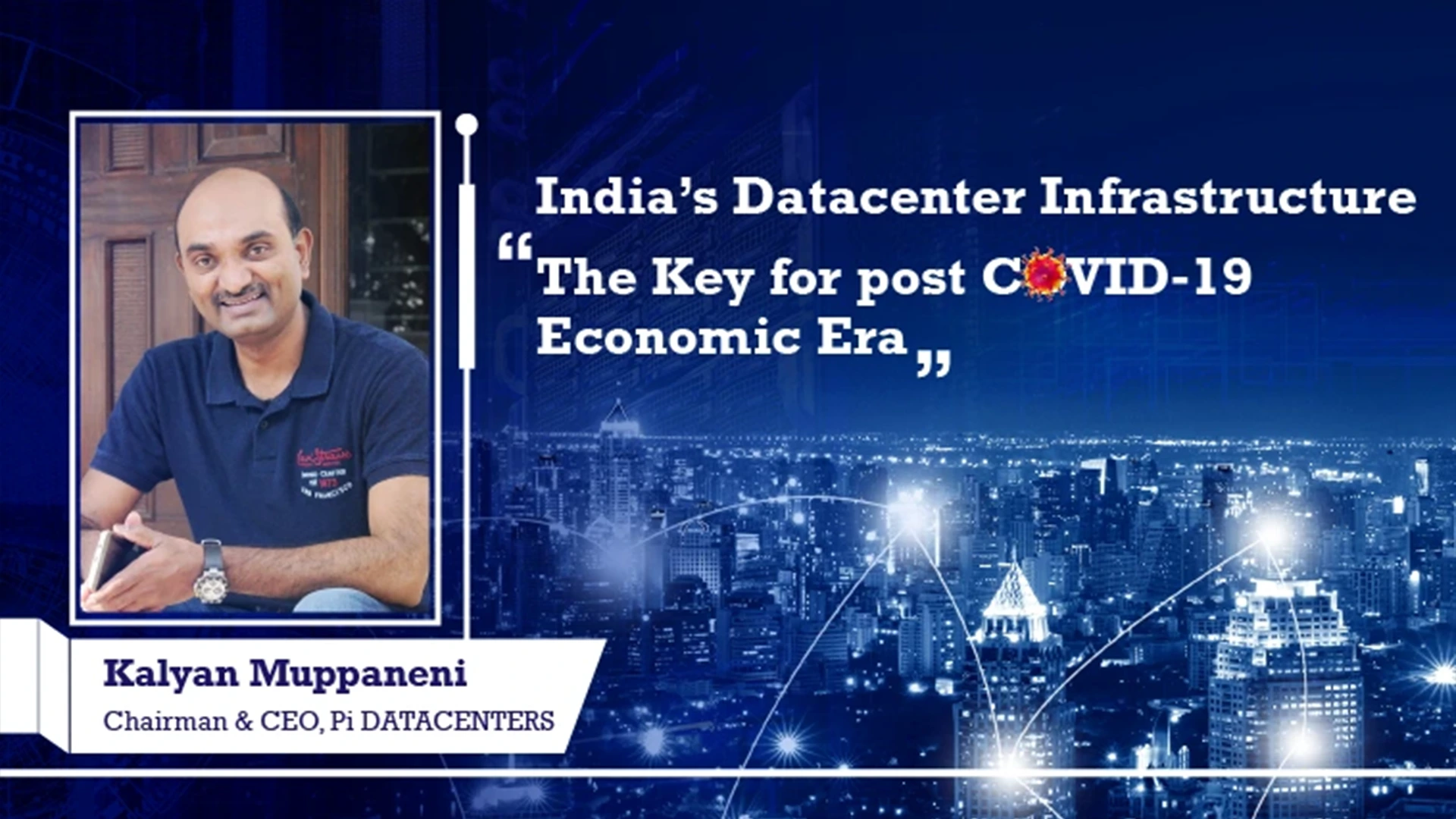
COVID-19 has definitely set in motion an unprecedented and extraordinary play of events in every sphere that involves humankind. Be it education, healthcare, technology, banking, entertainment, travel & tourism or even something as ordinary as household shopping. These and other
Read More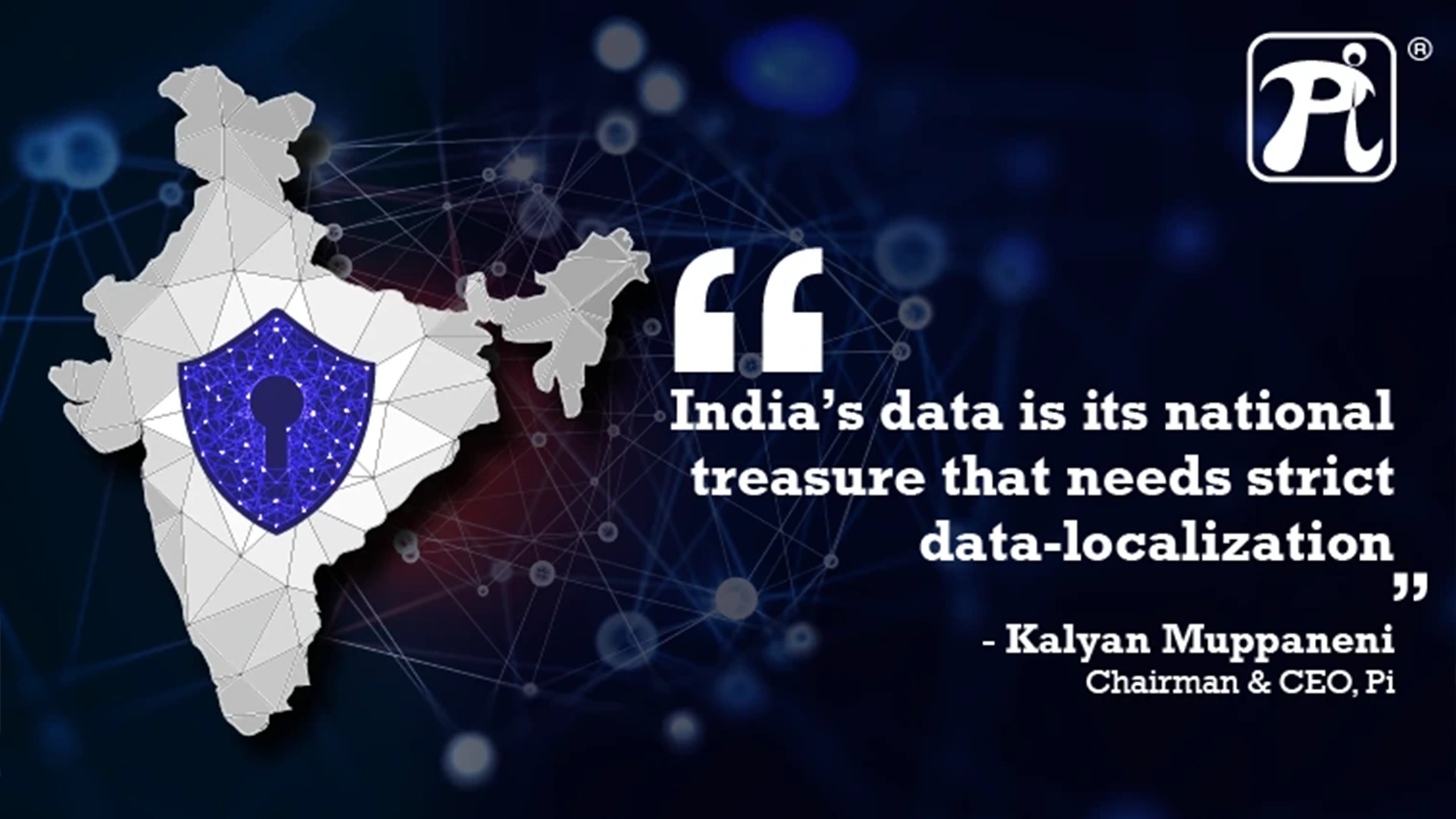
In February 2019, FireEye ‘ a US cybersecurity firm ’ ‘ zeroed in on a hacker tagged only as ‘fallensky519’ who was on the Most Wanted List for stealing personal data of 6.8 million users from an Indian healthcare website.
Read More.webp)
‘Smart Cities’ is one of the most popular and emerging use cases of data centers, especially in India. There are more than 100 ‘Smart City’ projects being already announced and more than 500 ‘Amrut Town’ projects are being planned in
Read More.webp)
The early 2000’s saw a trend of rapid industrialization on Indian soil. Software, Information Technology, E-Commerce, Banking, Pharmaceuticals, Manufacturing, Trade, and several other types of domains, received a boost that had never been witnessed before.
Read More.webp)
2019 is going to see a significant leap in the current digital India trends. Some of the technologies are already going mainstream. These life-enhancing smarter technologies will further boost our productivity and enhance our daily living conditions.
Read More.webp)
Having spent the last couple of months with experts in the industry and talking to many customers, I thought I will make a humble attempt to put together a few points on why enterprises should adopt cloud on a robust
Read More.webp)
The ‘WannaCry’ ransomware attack ’“ one of the largest ever cyber attacks brought computer systems across the globe to their knees, locking people out of their data and demanding that they pay a ransom or lose everything. More than 200,000
Read More
Being lazy is good, exciting and interesting. It is the best feeling always. Be lazy, be happy, stay in comfort. The word is procrastination, coined around 1588 A.D, but being widely used in 20th century. It is the after effects
Read More
First let me categorically state that this is my first honest attempt at blogging. Guess there are always certain things which are new and so is my experience that I want to share with you all. I think it was
Read More
‘Failing to plan can be planning to fail’ We should device a habit of planning the day in advance. This lets us know the top agenda tasks for the day before we start. To operate on memory is not advisable
Read More
Goods and Services Tax (GST) is the latest buzz in Indian commerce today. To explain simply, Goods and Services Tax (GST) is a comprehensive tax levied on manufacture, sale and consumption of goods and services at a national level. Through
Read More
Transformational leadership is an efficient and effective hand holding that enables the team to undergo a transformation and inspires them to explore the uncharted waters. Transformational leaders inspire great fidelity and confidence in their followers. When to use the transformational
Read More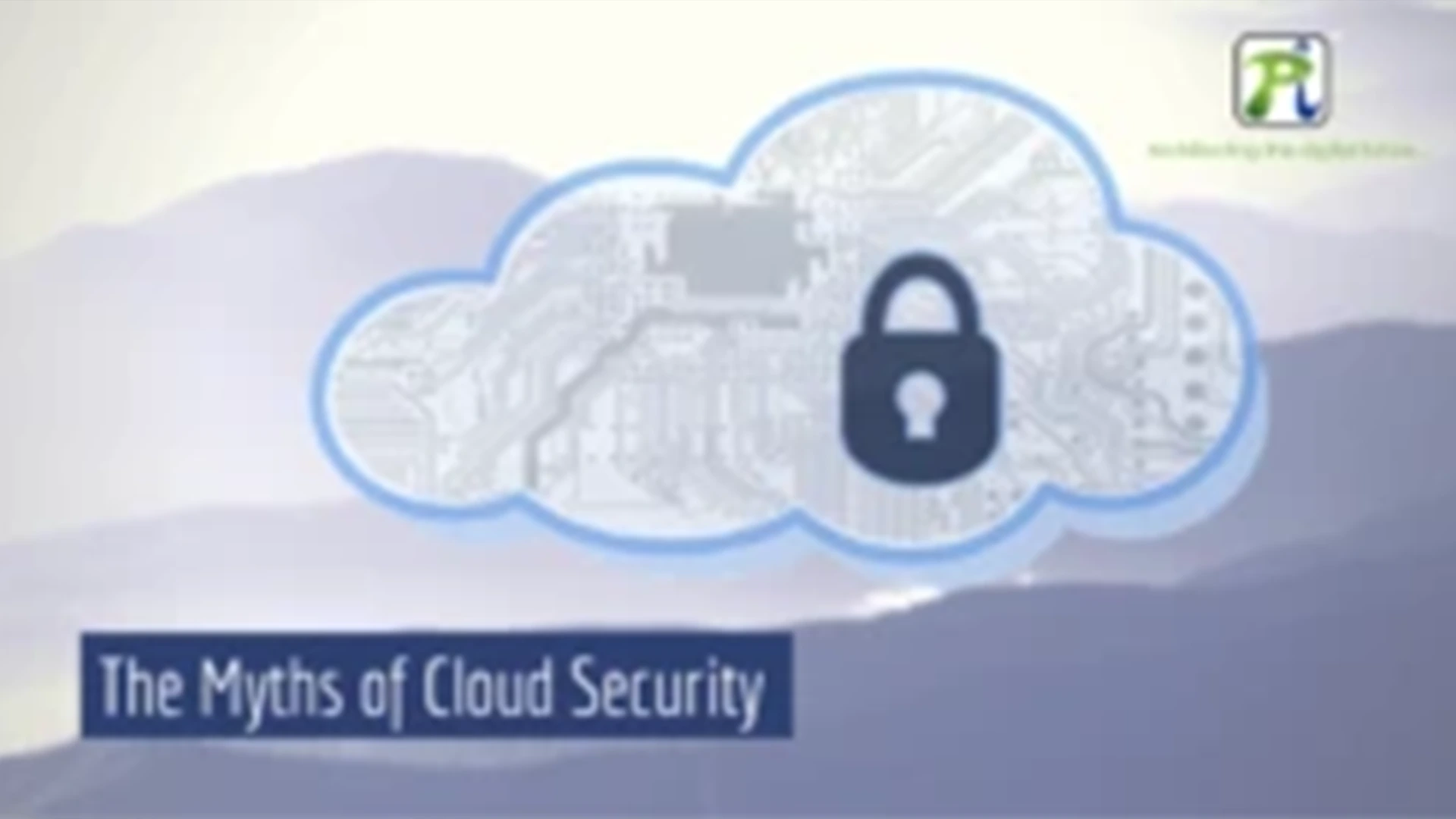
Cloud computing provides the best solution to a number of long-standing challenges like scalability, true elasticity, barriers to entry, technology refreshes and cost savings. Along with the numerous benefits cloud offers, it also brings in some challenges in adoption to
Read More
If we look at the scenario of data centers, nearly 75% of all the workloads of DC are Virtualized and this would further increase without any doubt. The major challenge IT admins generally face is that conventional storage is not
Read More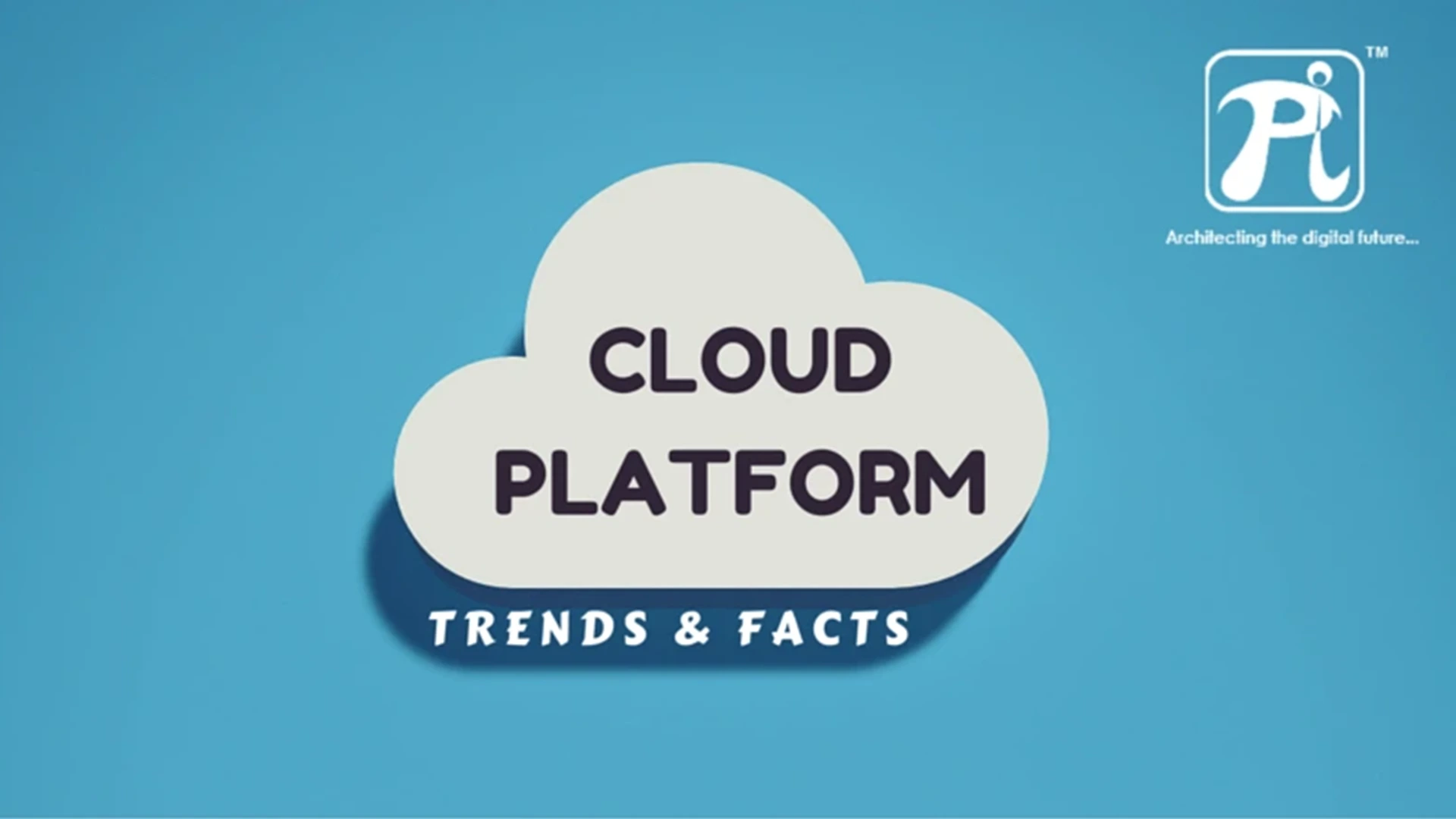
Cloud Platform: Market intelligence today shows a constant rise in public cloud IaaS revenues at a 28.2% CAGR from 2015-2020, from $12.6 billion to $43.6 billion. The staggering hike in numbers owes to the fact that nearly 2/3 of
Read More
Positive Work Environment: Organizations today are goal driven entities. They strive to perform the best and make the most out of every thing with an end goal of making profits , which is made possible only with the contribution of
Read More
Managed services have generated significant buzz in the IT industry over the last few years. In this business model, managed service providers (MSP) viz. systems integrators and solution providers take over all or part of a customer’s technologies and manage
Read More